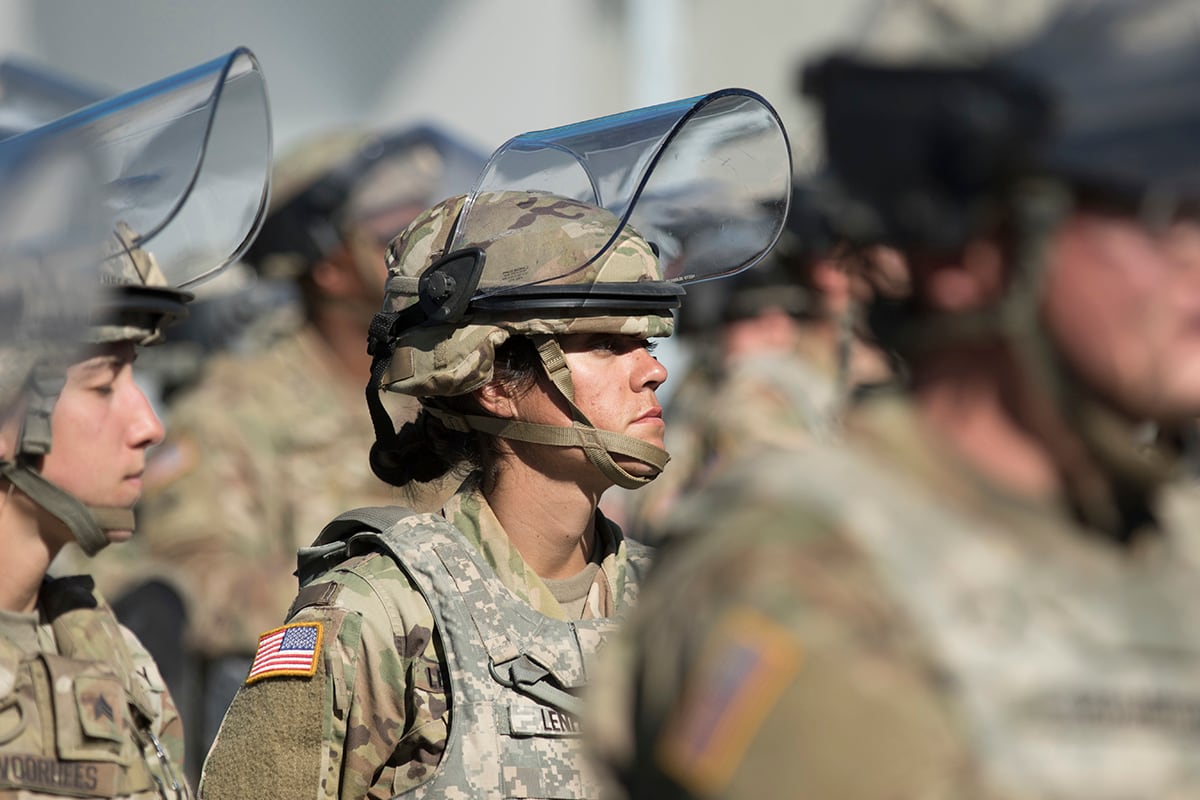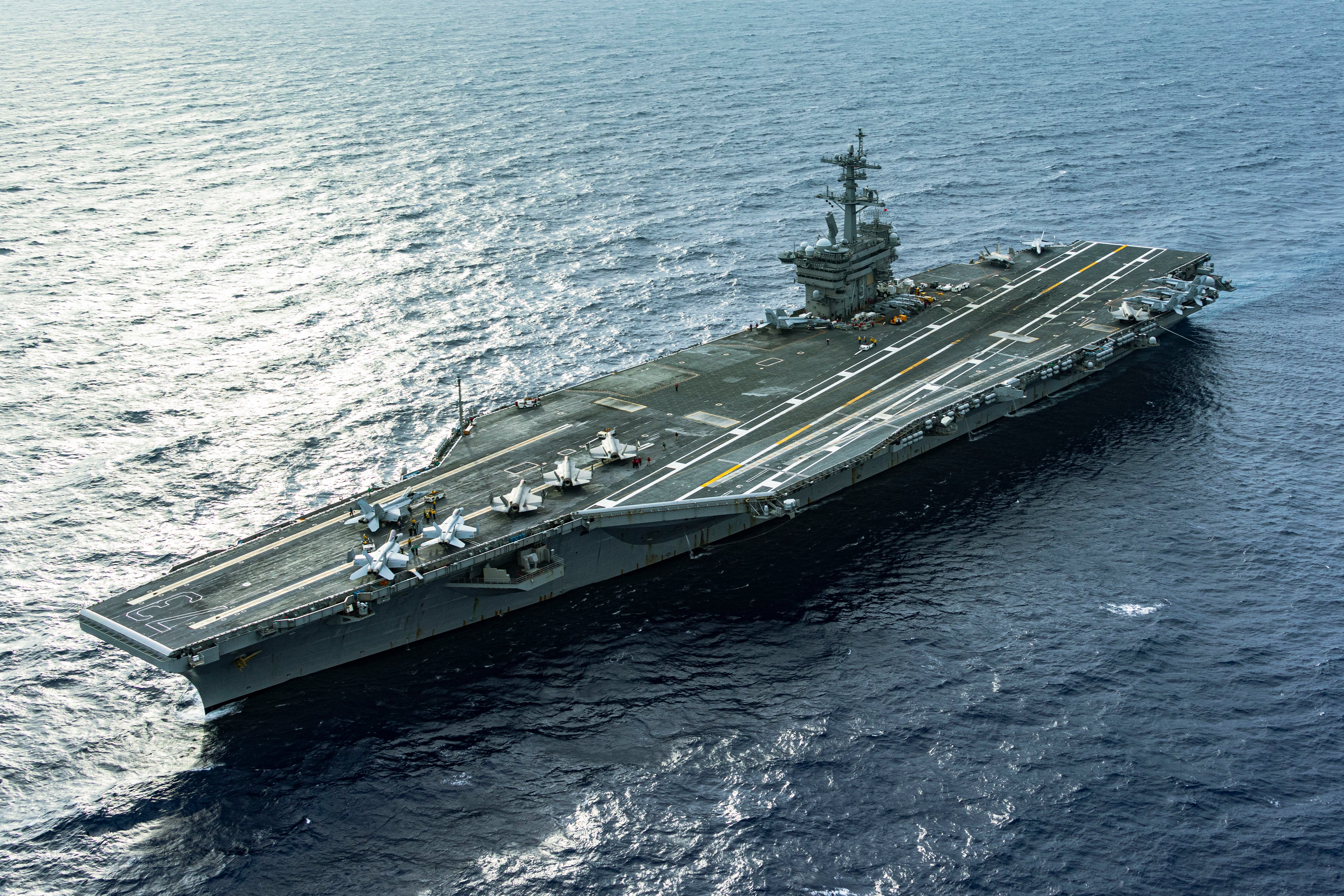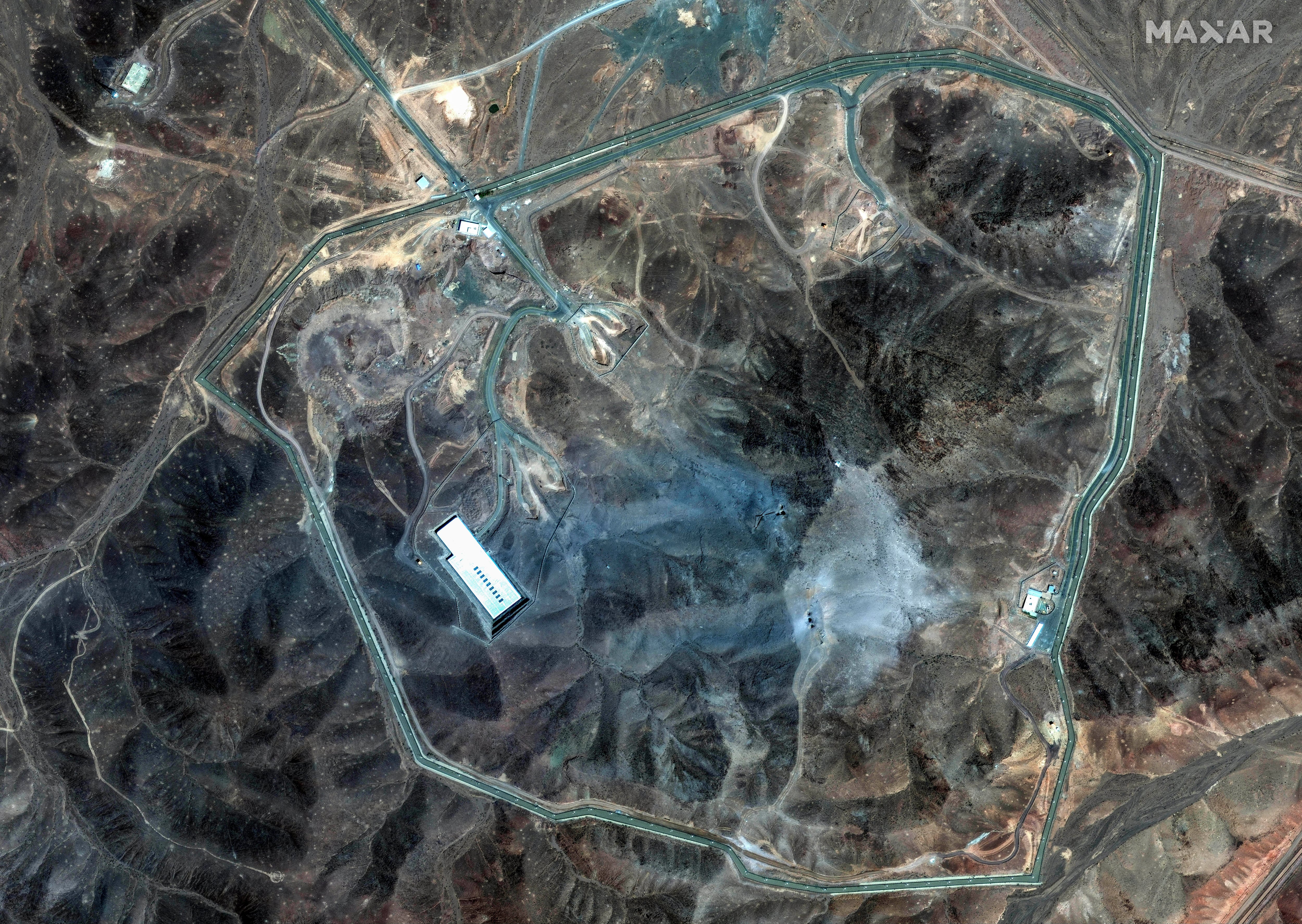Federalized National Guard troops have been deploying to the U.S.-Mexico border for nearly four years, with no end in sight. Despite ongoing discussions between the Defense and Homeland Security departments, officials have said there are no parameters or milestones set that would allow a withdrawal from the border.
But the answer, according to the head of U.S. Northern Command, is to increase the budget and modernize Customs and Border Protection, so they no longer need the military’s support.
“I think they need to be funded,” Air Force Gen. Glen VanHerck told Military Times on Monday, during a Defense Writers Group event. “I think they need to also utilize technology, technology of the future that can help them get away from a manpower-based, intensive problem, to one [where] they can utilize technology as well, to solve their challenges.”
The roughly 2,500 federally activated Guardsmen still on site are there at the request of DHS, which has continually asked DoD for support so that their CBP agents can focus on detaining migrants.
As troops aren’t able to perform law enforcement activities, soldiers instead use surveillance equipment ― as well as aviation ― to detect movement along the border and give intelligence updates to CBP.
CBP has had trouble filling its ranks for years, but VanHerck’s suggestion that technology could cover those manpower gaps is a new addition to the narrative.
RELATED

The White House budget request for 2023 would bump CBP’s funding up about $3 billion, with a roughly $1 billion addition to operations money. But it would slash the procurement account from about $900 million to roughly $400 million.
Within that request is $60 million for three surveillance aircraft.
VanHerck didn’t say whether he expects to fulfill another DHS request to keep troops on the border, but officials in general have hesitated to say that they see an end to the mission anytime soon.
In November, Defense Secretary Lloyd Austin told Military Times that “over time you’ll see our presence diminish,” which has borne out.
At its peak, the border mission counted just under 5,000 troops. That number has steadily come down since 2019. Today, there are roughly 2,500 federalized National Guardsmen still doing surveillance and intelligence for CBP.
“Let’s be clear: this is a law enforcement challenge. And I’m not authorized under law to conduct law enforcement operations,” VanHerck said. “And so we need to get those law enforcement agencies manned, trained and equipped with the proper capabilities and the proper manpower to execute their mission.”
Meghann Myers is the Pentagon bureau chief at Military Times. She covers operations, policy, personnel, leadership and other issues affecting service members.




